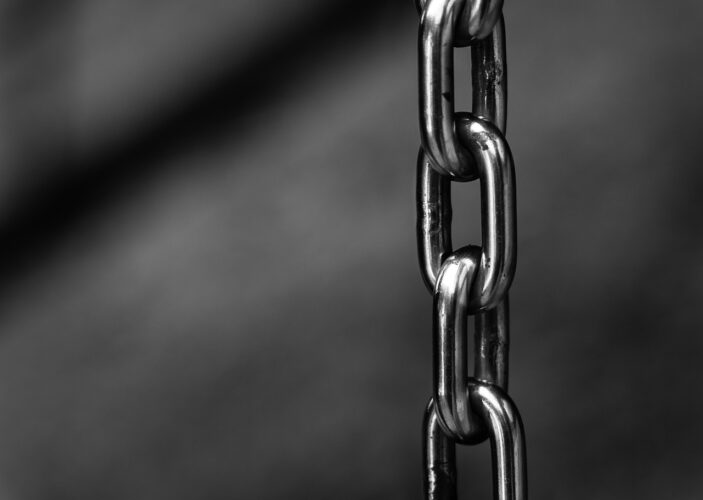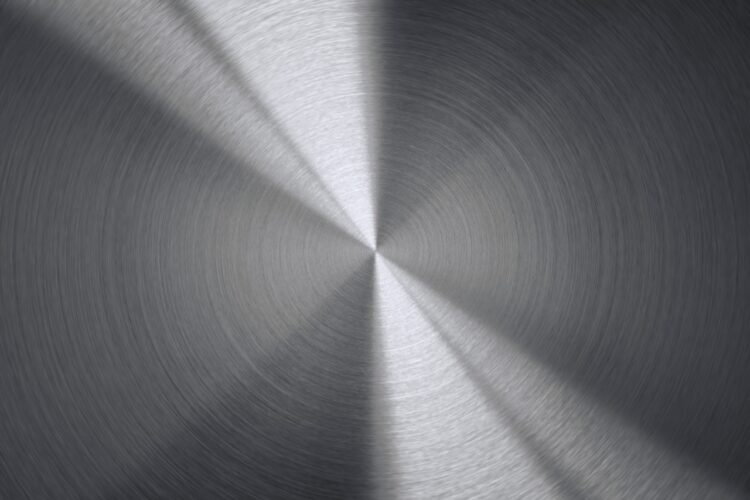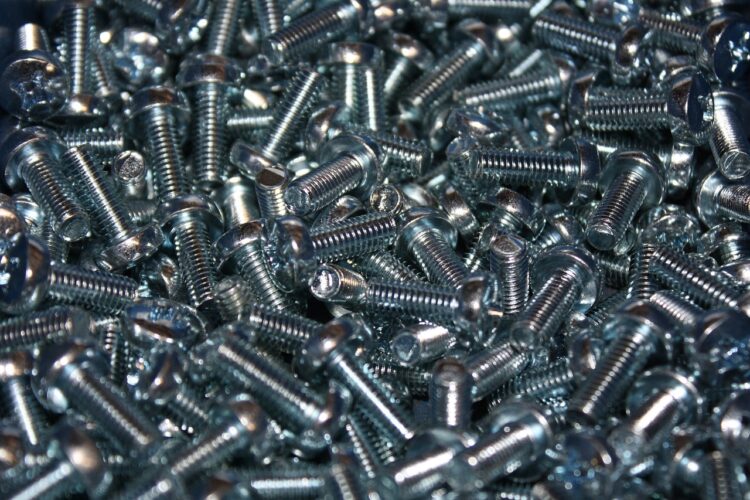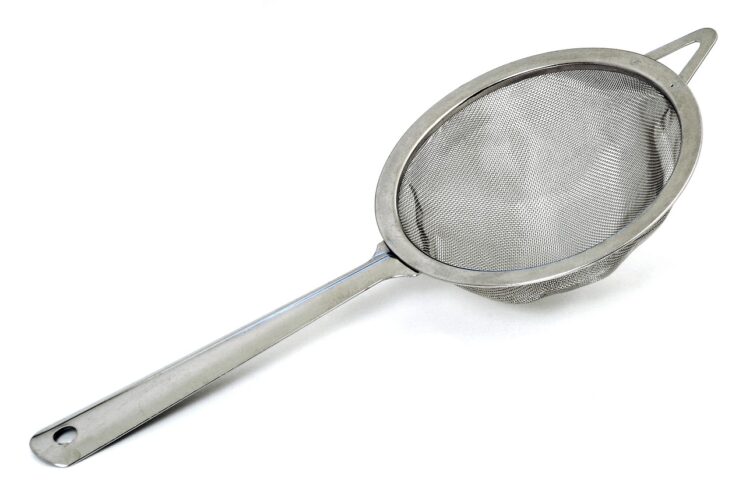Our Location
Stainless steels are classified into five main categories based on their metallurgical characteristics and microstructure phases, each of which provides unique properties and applications:
Austenitic stainless steel is a prevalent variety, ranking among the top five. If you are curious about why austenitic steel is so well-known, this guide is for you. This article aims to comprehensively understand austenitic steel’s uses, properties, and advantages. Let’s dive in!

Table of Contents
ToggleAustenitic stainless steels belong to a class of stainless steels with a face-centered cubic crystal structure. This structure is achieved using nickel manganese, and nitrogen as alloying elements. Nickel is the primary element used, typically constituting 8-20% of the steel’s composition. The 300 series, such as 304 and 316, are examples of common austenitic stainless steels. 304 is the most widely utilized stainless steel in kitchen sinks and utensils. 316, on the other hand, contains molybdenum, which imparts additional corrosion resistance. Austenitic stainless steels are characterized by their superior corrosion resistance, excellent formability and weldability, and high strength and ductility compared to other stainless steel.
Harry Brearley, an English metallurgist, is often credited with discovering stainless steel in 1913. At the time, he was working for Firth Brown Laboratories in Sheffield, England, where he was trying to develop steel more resistant to erosion for use in gun barrels. During his experiments with various compositions, he noticed that steel containing about 12.8% chromium showed remarkable resistance to rust and staining. This accidental discovery marked the beginning of the stainless steel era.
Around 1912-14, the German industrialist Friedrich Krupp and his metallurgy research team simultaneously worked on developing chromium-modified steel. They successfully created high-chromium stainless steel, which they named “V2A”. This name is “Versuchsschmelze 2 Austenit” or “Experimental Melt 2 Austenite”. The material they created has properties similar to those developed by Brearley.

Harry Brearley (18 February 1871 – 14 July 1948)
Austenitic stainless steels undergo a multi-stage manufacturing process, varying depending on the grade of steel produced and the equipment used. The process typically starts by adding raw materials in the required proportions into an electric arc furnace or induction furnace. Reducing agents are then added to extract contaminants and oxides and form them into slag, which floats to the top of the crucible. Once the liquid steel has been formed, it is refined through Argon Oxygen Decarburization (AOD) or Vacuum Oxygen Decarburization (VOD). The steel is then poured into large ingots or continuous casting molds, reheated, and passed through a series of hot roll stages to reduce the thickness and shape it into plates, sheets, or bars. If the steel is in its final, market-ready form, it may undergo annealing. Some grades of austenitic stainless steel are finished by cold rolling to reduce the thickness further and improve the surface finish. The cold-rolled steel is pickled in an acid bath to remove any impurities, and passivation is applied to promote the formation of a uniform, blemish-free protective oxide layer on the steel surface. Finally, the steel coils, sheets, or plates are further processed and cut to the required dimensions based on market demand.
Austenitic steels have a shiny appearance. The color of these grades varies depending on the amount of chromium and nickel present in the steel. Depending on the surface condition, it can range from dull silver to bright silver. The silver color of the steel can vary from a textured, matte finish to a mirror-like shine, depending on the degree of surface modification.

Engineers can choose the best material composition for a given application and identify potential issues before they arise.
| Grade | UNS No. | Typical Composition (%) | |||||
| C | Mn | Cr | Mo | Ni | others | ||
| 301 | S30100 | 0.15 | 2 | 16-18 | 6-8 | ||
| 302HQ | S30430 | 0.01 | 0.6 | 17.7 | 9.7 | Cu 3 | |
| 303 | S30300 | 0.06 | 1.8 | 18 | 9 | S 0.3 | |
| 304 | S30400 | 0.08 | 2 | 18-20 | 8-12 | ||
| 304L | S30403 | 0.03 | 2 | 18-20 | 8-12 | ||
| 308L | S30803 | 0.02 | 1 | 19.5 | 10.5 | ||
| 309 | S30900 | 0.2 | 2 | 22-24 | 12-15 | ||
| 310 | S31000 | 0.25 | 2 | 24-26 | 19-22 | ||
| 316 | S31600 | 0.08 | 2 | 16-18 | 2-3 | 10-14 | |
| 316L | S31603 | 0.03 | 2 | 16-18 | 2-3 | 10-14 | |
| 321 | S32100 | 0.05 | 1 | 18 | 9 | Ti 0.5 | |
| 347 | S34700 | 0.04 | 1 | 18 | 9 | Nb 0.7 | |
| 904L | N08904 | 0.02 | 1 | 20 | 4.5 | 24 | Cu 1.5 |
| 2111HTR | S30815 | 0.09 | 0.6 | 21 | 11 | N 0.16 Ce 0.06 | |
There are two subgroups of alloys: the 200 and 300 series. The 200 Series is an economical option compared to the 300 Series. It comprises chromium-nickel-manganese alloys and cannot be hardened through heat treatment. It is also magnetic and has lower oxidation resistance.
The 300 Series is the most commonly used type of stainless steel. It could be hardened through heat treatment and is composed of chromium-nickel alloys. Unlike the 200 Series, it is non-magnetic and has a higher oxidation resistance.
The 300 series stainless steel is a larger subgroup with a broader range of applications than the 200 series. The most ordinary grades of austenitic stainless steel are from the 300 series, such as:
304 stainless steel is known for its high weldability and formability. This grade contains a high amount of chromium and nickel that provides excellent resistance to scaling. As a result, 304 stainless steel is widely used in various industries and product sectors.
316 stainless steel is highly resistant to chloride corrosion and is often called marine-grade stainless steel. This type of steel is commonly used in various applications, such as marine hardware, boat fittings, offshore structures, heat exchangers, medical instruments, etc.
303 stainless steel is a particularly easy-to-machine type. It is known for its excellent machinability, good resistance to corrosion in mild environments, lack of magnetic properties, and ability to maintain its ductility and formability. This type of stainless steel is often used in applications where machinability is the most crucial factor.
This material is highly resistant to oxidation and corrosion due to its high chromium and medium nickel content. It is commonly utilized in high-temperature environments with potential for oxidation exposure.
Grade 321 is an austenitic steel with chromium, nickel, and titanium for stabilization. It is commonly used in applications requiring long-term exposure to high temperatures and corrosion resistance.
This alloy is suitable for welding applications and frequent temperature changes and is strong in high temperatures
Austenitic stainless steels belong to the 200 and 300 series. The 300 series steels with higher nickel content, including 904L as an outlier, have specific properties:
Austenitic stainless steels belonging to the 200 series utilize low levels of nickel, instead using manganese to trigger the conversion from ferritic to austenitic microstructure. This unique composition yields a range of property variations. It’s worth noting that changes in the alloying agents induce different advantageous physical and chemical properties.
The austenitic stainless steel family has a valuable range of physical properties:
| Grade | Hardness (Brinell) HB max | Tensile Strength (MPa) min | Tensile Strength (ksi) | Elongation % (HB) max |
| 304 | 201 | 515 | 74 | 40 |
| 316 | 217 | 515 | 74 | 40 |
| 310 | 217 | 520 | 75 | 40 |
| 321 | 217 | 515 | 74 | 40 |
The following are some of the appealing chemical properties offered by these steels:

Austenitic SSs are widely used in various applications. These applications span across a wide range of industries and sectors:
304 and 304L (standard grade):
309 and 310 (high chrome and nickel grades):
318 and 316L (high moly content grades):
321 and 316Ti (“stabilized” grades):
200 Series (low nickel grades):
It’s essential to keep in mind that while this steel has several advantages, it also has downsides:

Martensitic and Austenitic are two of the most commonly used types of stainless steel. However, they differ significantly in their composition and properties.
Martensitic stainless steel is a steel alloy with more carbon than austenitic steel. As a result, it has greater strength and hardness, making it perfect for applications that require wear resistance. It is typically more magnetic than austenitic steel and is less resistant to stress corrosion cracking.
Austenitic stainless steel has a lower carbon content than other types of steel. It also has higher levels of chromium and nickel, making it more rust-resistant and accessible to weld. Moreover, it is non-magnetic and has excellent formability. Due to these characteristics, it is ideal for applications that require high corrosion resistance.
To summarize, martensitic stainless steel is stronger and more wear-resistant than austenitic steel but more susceptible to corrosion. Austenitic SS is more corrosion-resistant, non-magnetic, and has better formability but is not as strong as martensitic steel.
The austenitic and ferritic types of stainless steel have distinct differences in their microstructure and applications.
By microstructure, austenitic stainless steel is composed of austenite, a non-magnetic form of iron, while ferritic stainless steel is made of ferrite, a magnetic iron-based compound.
By Application, austenitic stainless steel is a type of steel known for its strength and is used in various applications. It is commonly utilized in the food and medical industries due to its ability to resist corrosion caused by acids and other elements. Additionally, it is also used in the construction of buildings and bridges. On the other hand, ferritic stainless steel is frequently used in applications where cost is a significant factor. It is extensively used in automotive exhaust systems, industrial equipment, and the production of cookware and kitchen utensils.
Duplex and austenitic stainless steel are the two most commonly used types. Both materials are widely used across various industries because of their outstanding corrosion resistance and mechanical properties. But which one is better?
Each type of corrosion protection has its advantages and disadvantages. Duplex steel offers better protection against chloride pitting, while austenitic steel provides better general corrosion protection.
Regarding mechanical properties, duplex steel is stronger and ductile, but austenitic steel is more fatigue-resistant.
Regarding cost, austenitic steel is usually cheaper than duplex steel.
To ensure optimal performance and durability of austenitic stainless steel, appropriate maintenance is crucial.
After reading this guide, you have acquired knowledge about austenitic SS and how it can benefit your applications. The above information will help you determine when to use austenitic steel to avoid rusting issues. You are now also familiar with the necessary maintenance steps to prolong the lifespan of the material.

